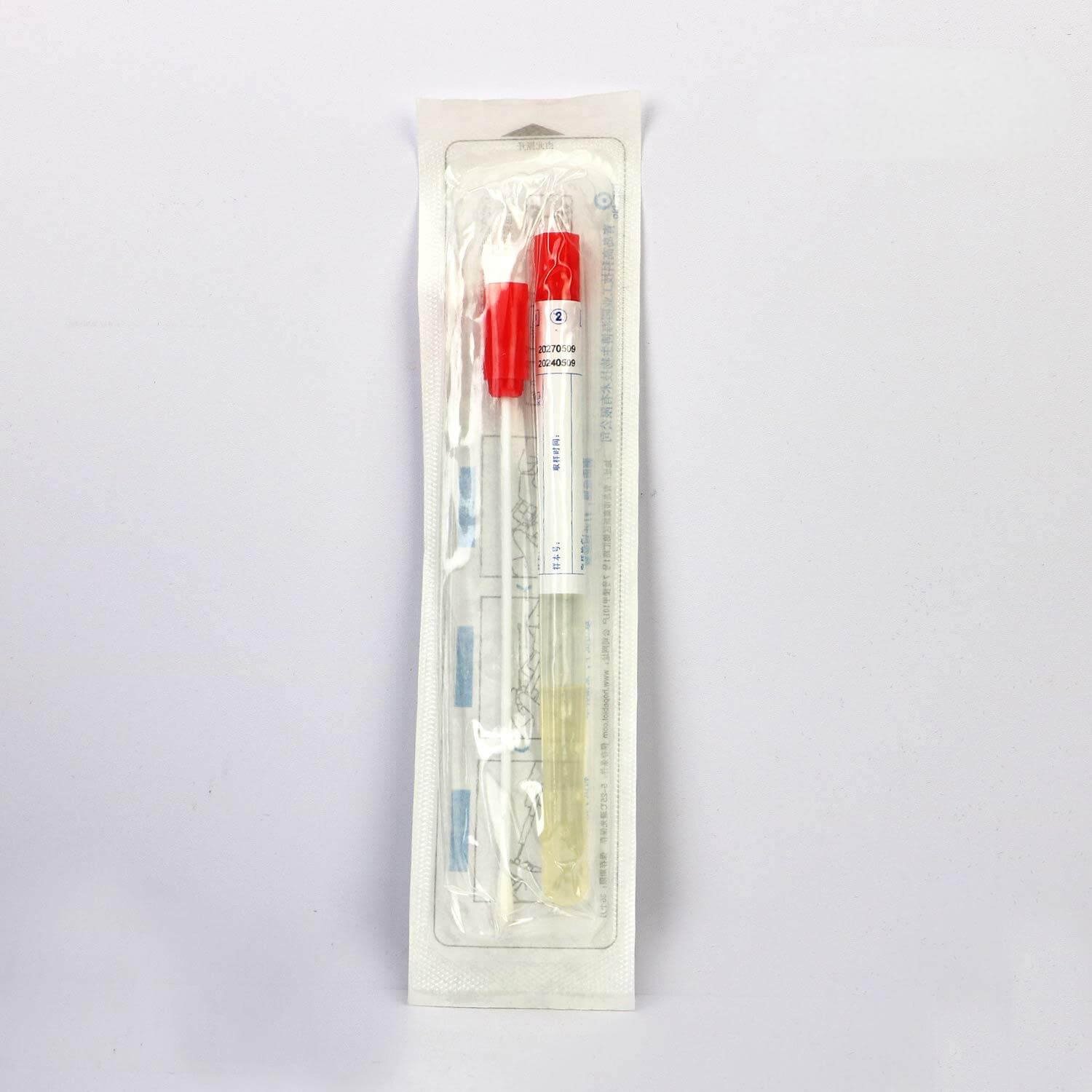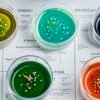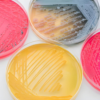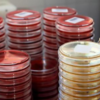
Stuart Transport Medium is designed for the collection and transportation of specimens such as Neisseria species, Streptococcus pneumoniae, and Salmonella species. This medium creates a favorable environment for specimen viability through the reduction of oxygen and pH stabilization. This guide outlines its formulation, preparation, and usage.
Medium Composition (per Liter):
- Sodium Glycerophosphate: 10.0 g
- Cysteine Hydrochloride: 0.5 g
- Sodium Thioglycolate: 0.5 g
- Calcium Chloride: 0.1 g
- Agar: 5.0 g
pH: 7.4 ± 0.2 at 25°C
Principle
Stuart Transport Medium contains:
- Sodium thioglycolate and cysteine hydrochloride as reducing agents to lower oxygen levels, creating a relatively anaerobic environment.
- Sodium glycerophosphate as a pH buffer to stabilize the medium’s pH.
- Calcium chloride to balance osmotic pressure and maintain bacterial cell integrity.
- Agar as a solidifying agent.
Preparation and Methodology
Preparation:
- Weigh 16.1 g of the medium and dissolve in 1,000 ml of distilled water.
- Dispense into test tubes.
- Sterilize at 121°C for 15 minutes, then cool immediately in cold water.
Testing Procedure:
- Prepare quality control bacterial suspensions.
- Dip sterile swabs into bacterial suspensions containing 100–1,000 CFU.
- Insert the swabs into the transport medium.
- Incubate at room temperature for 48 hours.
- Remove the swabs and streak them onto blood agar plates.
- Record the results after incubation.
Observation and Results
| Quality Control Strain | ATCC Number | Inoculum Size (CFU) | Growth Performance | Other Characteristics |
|---|---|---|---|---|
| Salmonella typhimurium | ATCC14028 | 100–1,000 | +++ | Growth Good |
| Shigella flexneri | ATCC12022 | 100–1,000 | +++ | Growth Good |
| Streptococcus pyogenes | ATCC19615 | 100–1,000 | +++ | Growth Good |
Precautions
- This medium is only part of bacterial identification; additional confirmatory tests are required.
- Strict aseptic techniques must be observed.
- Used medium should be sterilized before disposal.
- Store prepared media at recommended conditions and do not use after expiration.
Recent Posts
- A Guide to Using Culture Media for Strict European Cosmetic Safety Compliance
- The Role of Culture Media in Ensuring Accurate Cosmetic Microbial Testing
- Transport Media and Their Role in Microbial Sample Transport
- How Culture Media Impact the Precision of Cosmetic Microbial Testing
- Optimize Lab Efficiency with Granular Culture Media



